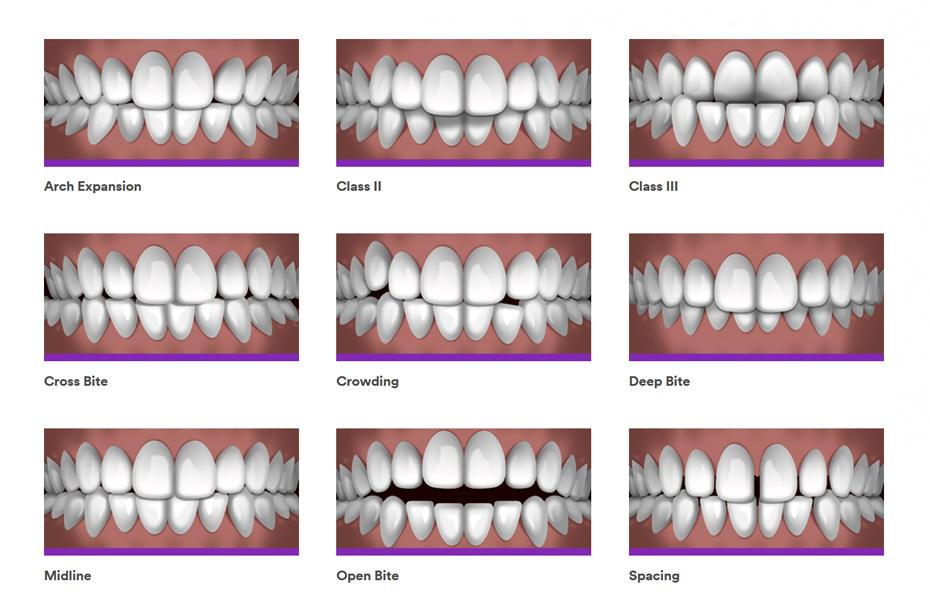The Greatest Guide To Causey Orthodontics
Table of ContentsFascination About Causey OrthodonticsThe Causey Orthodontics PDFsHow Causey Orthodontics can Save You Time, Stress, and Money.7 Simple Techniques For Causey OrthodonticsCausey Orthodontics Fundamentals Explained
Ignoring occlusal partnerships, it was normal to remove teeth for a selection of dental issues, such as malalignment or congestion. The concept of an undamaged dentition was not extensively valued in those days, making bite correlations appear pointless. In the late 1800s, the concept of occlusion was essential for developing trustworthy prosthetic replacement teeth.As these principles of prosthetic occlusion advanced, it became an important device for dental care. It remained in 1890 that the work and impact of Dr. Edwards H. Angle began to be felt, with his payment to contemporary orthodontics specifically notable. Concentrated on prosthodontics, he educated in Pennsylvania and Minnesota before routing his interest towards dental occlusion and the treatments required to maintain it as a normal condition, therefore coming to be known as the "daddy of modern-day orthodontics".

The principle of perfect occlusion, as postulated by Angle and integrated into a classification system, made it possible for a change towards treating malocclusion, which is any kind of inconsistency from regular occlusion. Having a complete set of teeth on both arches was very looked for after in orthodontic treatment due to the need for specific connections between them.
Causey Orthodontics for Beginners
As occlusion came to be the crucial top priority, facial proportions and looks were disregarded - emergency orthodontist near me. To attain excellent occlusals without using exterior forces, Angle proposed that having best occlusion was the finest way to get maximum face appearances. With the passing of time, it ended up being fairly apparent that even an extraordinary occlusion was not ideal when considered from a visual viewpoint
Charles Tweed in America and Raymond Begg in Australia (who both examined under Angle) re-introduced dentistry extraction right into orthodontics throughout the 1940s and 1950s so they can improve face esthetics while also guaranteeing better stability concerning occlusal connections. In the postwar duration, cephalometric radiography started to be utilized by orthodontists for measuring modifications in tooth and jaw setting triggered by development and treatment. It ended up being obvious that orthodontic treatment can readjust mandibular development, leading to the development of functional jaw orthopedics in Europe and extraoral force steps in the US. These days, both functional devices and extraoral devices are used around the world with the purpose of amending growth patterns and forms. Seeking real, or at the very least enhanced, jaw relationships had come to be the primary objective of therapy by the mid-20th century.
4 Easy Facts About Causey Orthodontics Shown
 The American Journal of Orthodontics was developed for this objective in 1915; before it, there were no clinical objectives to comply with, nor any kind of exact category system and brackets that lacked attributes. Up until the mid-1970s, dental braces were made by covering metal around each tooth. With innovations in adhesives, it became feasible to rather bond metal brackets to the teeth.
The American Journal of Orthodontics was developed for this objective in 1915; before it, there were no clinical objectives to comply with, nor any kind of exact category system and brackets that lacked attributes. Up until the mid-1970s, dental braces were made by covering metal around each tooth. With innovations in adhesives, it became feasible to rather bond metal brackets to the teeth.This has had significant effects on orthodontic treatments that are provided consistently, and these are: 1. Proper interarchal partnerships 2. Proper crown angulation (pointer) 3.
The benefit of the design hinges on its bracket and archwire mix, which requires just marginal cord flexing from the orthodontist or medical professional (affordable orthodontist near me). It's aptly named after this attribute: the angle of the port and density of the bracket base ultimately figure out where each tooth is located with little need for added adjustment
Excitement About Causey Orthodontics
Both of these systems utilized identical braces for every tooth and necessitated the bending of an archwire in three airplanes for situating teeth in their wanted settings, with these bends dictating supreme positionings. When it concerns orthodontic home appliances, they are split into 2 types: removable and fixed. Detachable devices can be handled and off by the person as needed.

Therefore, practically all modern-day set appliances can be taken into consideration variants on this edgewise appliance system. Early 20th-century orthodontist Edward Angle made a major payment to the world of dental care. He created 4 distinct device systems that have been used as the basis for several orthodontic treatments today, barring a few exemptions.
Causey Orthodontics for Dummies

The cable ended in a string, and to relocate forward, a flexible nut was utilized, which permitted an increase in area. By ligation, each private tooth was affixed to this expansive archwire (best orthodontist). Due to its minimal variety of motion, Angle was incapable to accomplish precise tooth placing with an E-arch
These tubes held a soldered pin, which can be repositioned at each consultation in order to move them in place. Referred to as the "bone-growing home appliance", this gizmo was theorized to urge healthier bone development due to its possibility for transferring pressure directly to the origins. However, applying it proved frustrating actually.